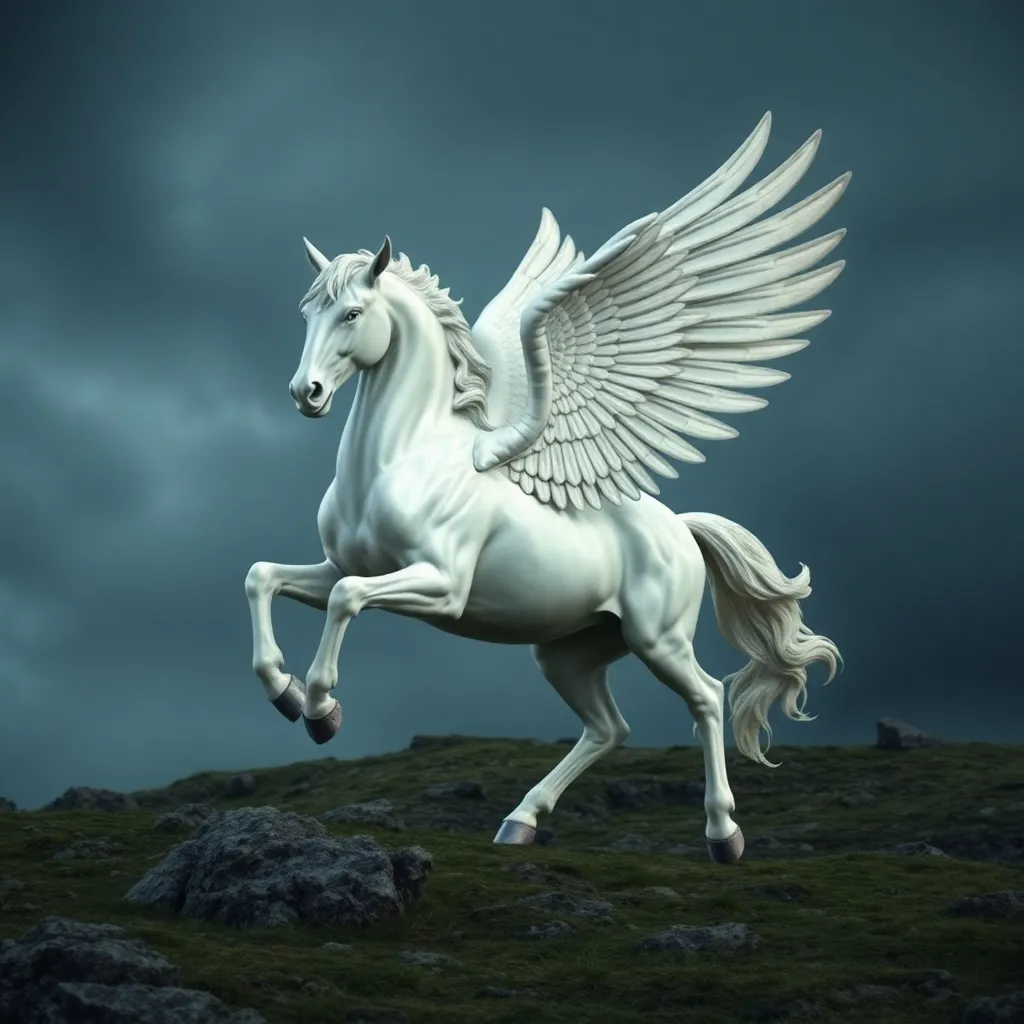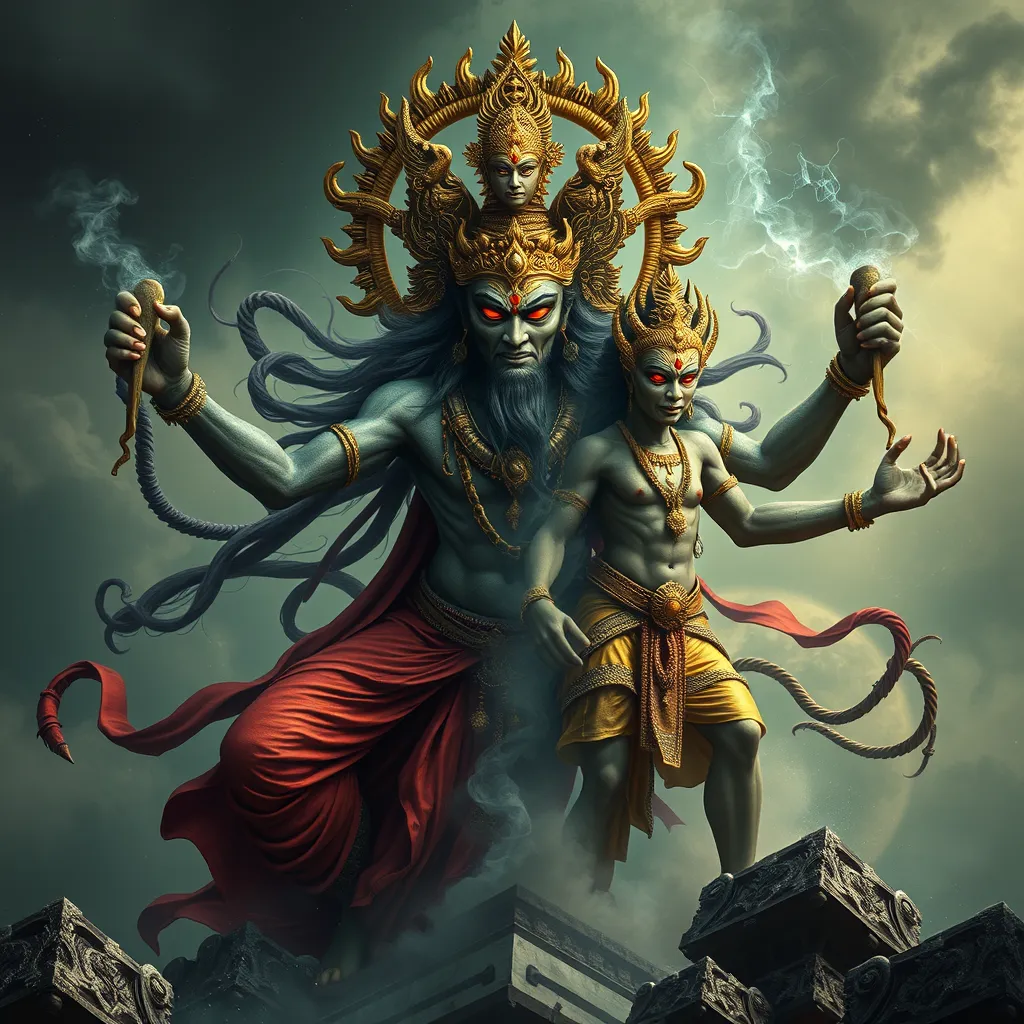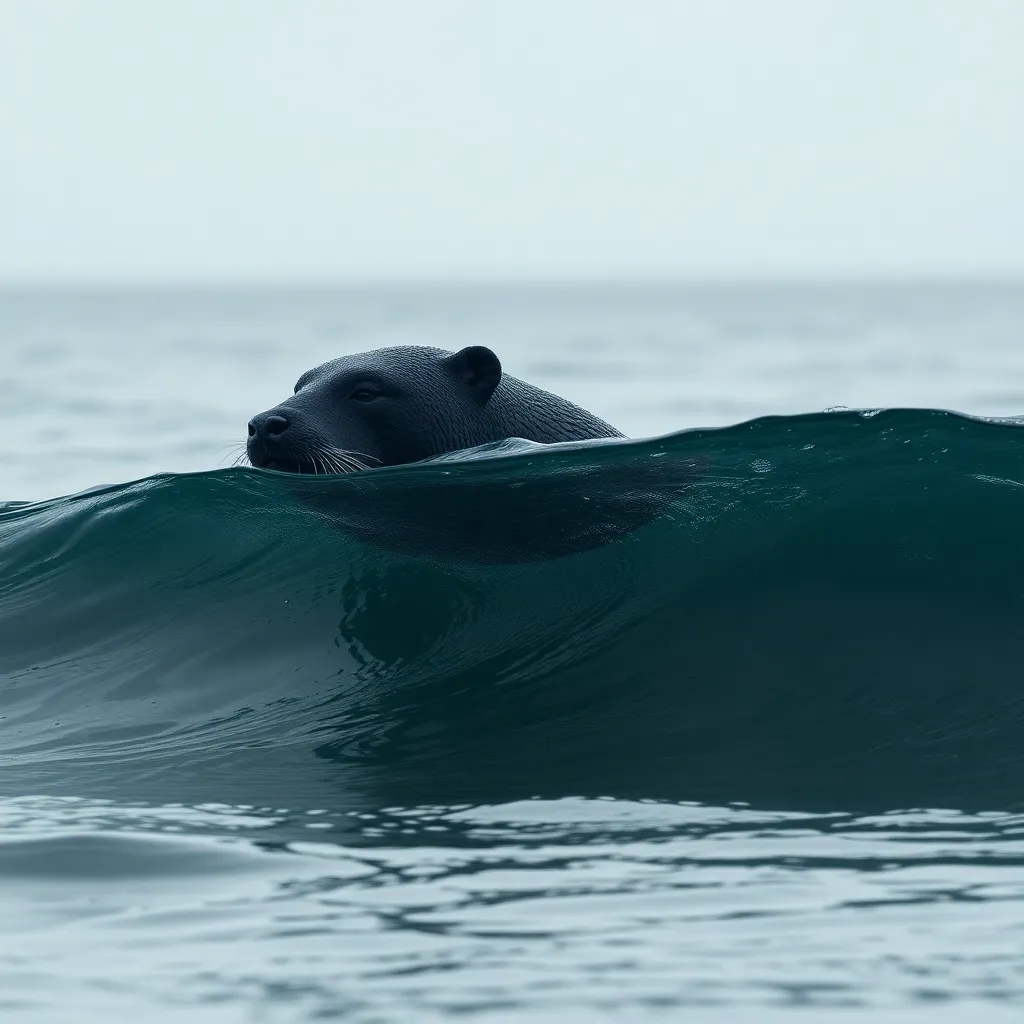Pegasus in Celtic Mythology: A Comparative Analysis of the Winged Horse in Celtic Folklore
I. Introduction
Pegasus, the majestic winged horse from Greek mythology, has captivated the imaginations of countless generations. In mythology, Pegasus is often depicted as a symbol of inspiration and poetic creativity, a creature that transcends the earthly realm. Understanding Pegasus within the context of Celtic folklore provides a unique lens through which we can examine the broader themes of mythological creatures in various cultures. This article aims to explore the significance of Pegasus in Celtic mythology, comparing it to other equine figures and considering its cultural implications.
II. Historical Context of Celtic Mythology
Celtic mythology is rich and multifaceted, stemming from the ancient traditions of the Celtic peoples across Europe. Its origins can be traced back to the Iron Age, with elements evolving over centuries through oral traditions and later written accounts.
A. Origins and evolution of Celtic myths
The Celts were a diverse group of tribes with a shared cultural heritage. Their mythology was shaped by their experiences, beliefs, and the natural world around them. The arrival of Christianity and the Roman conquest led to significant changes in how these myths were preserved and transmitted.
B. Key themes and symbols in Celtic folklore
- Connection to nature
- The importance of the Otherworld
- Heroic quests and transformative journeys
- Mythological creatures as guardians and guides
C. The role of mythological creatures in Celtic culture
Mythological creatures in Celtic folklore often symbolize various aspects of life, nature, and spirituality. They play crucial roles in stories that convey moral lessons, cultural values, and the mysteries of existence.
III. The Concept of Winged Horses in Mythology
Winged horses are not exclusive to Greek mythology; they appear in various cultures throughout history. Their symbolism often represents freedom, transcendence, and the connection between the earthly and divine.
A. Overview of winged horses in various mythologies
In addition to Pegasus in Greek mythology, similar figures can be found in other traditions, such as:
- Khalkotauroi in Greek mythology, another type of winged horse.
- Fenghuang in Chinese mythology, often depicted as a bird with horse-like features.
- Hindu mythology features celestial horses like Uchchaihshravas.
B. Comparative analysis of Pegasus in Greek mythology
Pegasus springs from the blood of Medusa when she is slain by Perseus. This origin story highlights themes of transformation and the duality of beauty and terror. In Greek culture, Pegasus embodies artistic inspiration and the connection to the divine.
C. The significance of winged horses as symbols of freedom and transcendence
Across different cultures, winged horses often symbolize the aspiration to transcend mortal limitations. They represent the human desire for freedom, exploration, and a connection to the heavens.
IV. The Symbolism of Pegasus in Celtic Folklore
While Pegasus itself does not appear directly in Celtic mythology, winged horses and similar equine figures do exist, serving important symbolic and narrative functions.
A. Analysis of winged horses in Celtic tales
In Celtic folklore, the horse is a potent symbol of fertility, power, and the connection to the Otherworld. Stories of winged or supernatural horses often involve themes of transformation and transcendence.
B. The connection between Pegasus and Celtic deities
Although direct parallels may not exist, one can draw connections between Pegasus and Celtic deities associated with horses, such as:
- Macha: A goddess linked to sovereignty and war, often associated with powerful horses.
- Epona: A goddess of horses, known for her protective qualities and connection to the land.
C. Cultural interpretations of winged horses in Celtic art and literature
Celtic art often features intricate designs of horses, reflecting their importance in the culture. The representation of horses in Celtic literature symbolizes strength, freedom, and the journey between worlds.
V. Comparative Analysis: Pegasus vs. Celtic Equine Figures
When comparing Pegasus with Celtic equine figures, several key differences emerge, highlighting the unique cultural narratives surrounding these creatures.
A. Key differences between Pegasus and Celtic horse figures
- Pegasus is specifically a winged horse associated with Greek mythology, while Celtic figures may not have wings but still hold significant meaning.
- The context of Pegasus’s creation is rooted in tragedy (Medusa’s death), whereas Celtic horse figures often emerge from themes of life, fertility, and nature.
B. Case studies: The Macha and Epona archetypes
Macha and Epona serve as powerful archetypes within Celtic mythology, embodying different aspects of horse symbolism:
- Macha: Represents war, sovereignty, and the strength of women.
- Epona: Symbolizes protection, fertility, and the bond between humans and horses.
C. The influence of geography and culture on equine symbolism
The geographical landscapes of Celtic regions influenced the symbolism of horses, with different cultures attributing varying meanings to these creatures based on their experiences and environments.
VI. The Role of Pegasus in Modern Interpretations of Celtic Mythology
In contemporary times, the fascination with Pegasus and other mythological creatures has led to a resurgence of interest in Celtic mythology.
A. Adaptations in literature and popular culture
Pegasus has appeared in numerous literary and cinematic adaptations, often reimagined in ways that blend different mythological elements. This cross-pollination invites audiences to explore deeper connections between cultures.
B. The resurgence of interest in Celtic mythology
Modern interpretations have sparked a renewed interest in Celtic lore, often portraying its themes as relevant to contemporary issues such as identity, spirituality, and the environment.
C. How modern interpretations shape perceptions of Pegasus
By integrating Pegasus into the broader context of Celtic mythology, contemporary narratives help reshape our understanding of this iconic figure, emphasizing its universal themes of freedom and transcendence.
VII. Conclusion
In examining Pegasus through the lens of Celtic mythology, we uncover a rich tapestry of symbolism and meaning. While Pegasus may not exist in Celtic tales, the presence of winged horses and equine deities highlights the shared human experience of seeking freedom and connection to the divine.
The enduring legacy of Pegasus, alongside its Celtic counterparts, invites further exploration of mythological creatures across cultures. As we continue to study these figures, we can deepen our understanding of their significance and the cultural narratives they represent.
For those interested in delving deeper into the realm of mythical creatures, exploring the connections between various mythologies can yield fascinating insights into our shared human heritage.
VIII. References
For further reading on Celtic mythology and the significance of equine figures, consider the following resources:
- MacCulloch, J. A. (2003). “Celtic Mythology.” New York: Dover Publications.
- S. S. (2008). “The Mythical Creatures of Celtic Folklore.” London: Green Books.
- Daniels, D. (2010). “Horses in Myth and Legend: The Celts and Beyond.” Boston: HarperCollins.
- Various Authors. (2021). “Exploring Celtic Mythology: A Guide to the Gods and Creatures.” Dublin: Liffey Press.




